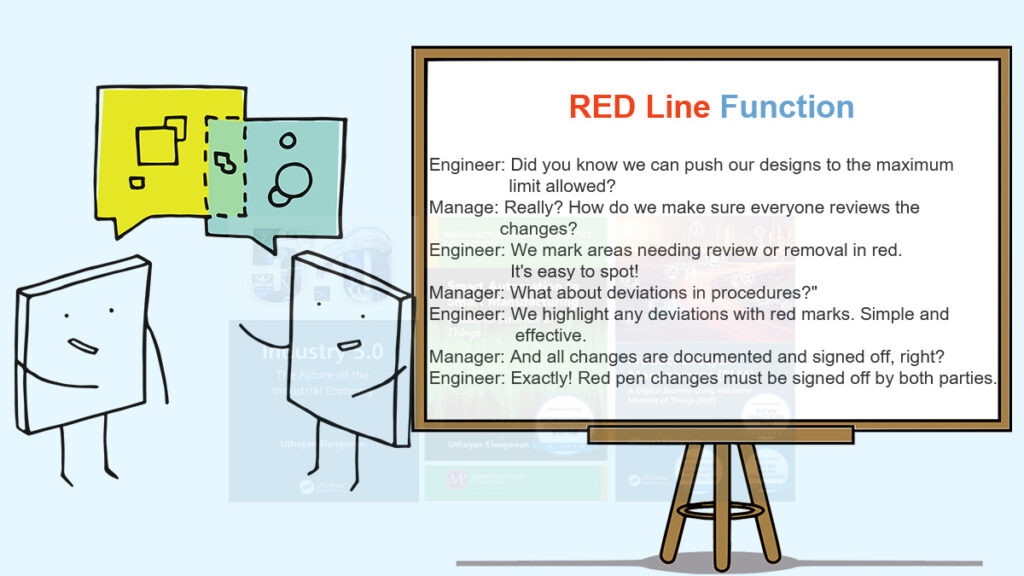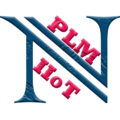
Introduction
In today’s fast-paced manufacturing landscape, the ability to manage product changes efficiently and effectively can make or break a company’s competitiveness. Traditional methods of managing changes relied heavily on manual processes, leading to inefficiencies, errors, and delays. However, with the advent of PLM systems, specifically the redline function, the landscape has shifted dramatically, ushering in a new era of streamlined change management.
Before PLM: The Challenges of Manual Change Management
Before the integration of PLM systems, manufacturers faced significant challenges when implementing product changes:
- Manual Markups: Engineers and designers manually marked up drawings and documents with changes using pens or pencils, which often led to confusion and errors during implementation.
- Version Control Issues: Keeping track of document versions and revisions was cumbersome and prone to mistakes, impacting collaboration and decision-making.
- Sequential Processing: Changes had to be implemented in a sequential manner, causing delays when multiple changes overlapped or affected the same product components.
Explore our acclaimed publication on PLM here
Enter PLM: Revolutionizing Change Management with Redline
PLM systems, such as Windchill 13x PLM, have revolutionized change management with the introduction of the redline function:
- Automated Change Tracking: Redline allows users to electronically markup drawings and documents within the PLM system. Changes are visually highlighted, providing clear visibility to all stakeholders involved in the review and approval process.
- Concurrent Change Management: Unlike traditional methods, where changes had to be processed sequentially, redline in PLM enables multiple teams to plan and propose changes concurrently. This prevents delays and allows for faster adaptation to market demands.
- Enhanced Collaboration: Stakeholders, including NPD/NPI members, PLM consultants, and manufacturers, can collaborate more effectively through PLM’s centralized platform. Comments, approvals, and discussions are all captured within the system, ensuring transparency and accountability.
Read our in-depth exploration on “Streamlining Change Management with Redline Function: A Practical Look at the Role of PLM in New Product Development” for further insights.
Business Use Case: Enhancing Efficiency in Updating a Type-C Charger
Best Practice for Redline: Enhancing Collaboration and Efficiency
In today’s competitive electronics market, the ability to quickly adapt and innovate is crucial. Let’s explore how a leading electronics manufacturer leverages the redline function in Windchill PLM to efficiently update the specifications of their Type-C charger while adhering to best practices.
Step 1: Change Request Initiation
Scenario: The engineering team identifies the need to enhance the output current capacity of their Type-C charger to meet consumer demand for faster charging speeds.
Best Practice Application: The Change Request is initiated in Windchill PLM to formally document and track the proposed modifications. This ensures that all stakeholders are aligned from the outset, setting clear objectives and scope for the change.
Step 2: Redline Creation and Planning Stage
Scenario: Engineers create a redline on the current design of the Type-C charger within Windchill PLM, marking up areas where the current capacity needs to be increased.
Best Practice Application: Utilizing the redline feature, multiple teams—engineering, manufacturing, and quality assurance—concurrently plan and visualize their proposed changes. This collaborative approach ensures that all modifications are thoroughly evaluated and optimized before implementation, minimizing the risk of errors or rework.
Step 3: Concurrent Change Management with Product Structure and BOM
Scenario: As different teams work on their redlines, they ensure that proposed changes do not conflict with ongoing production schedules or other concurrent projects.
Best Practice Application: Windchill PLM allows teams to view the Product Structure and BOM alongside the redline. This integrated view ensures that changes are coordinated across all affected components and assemblies, maintaining product integrity and compliance with specifications.
Step 4: Implementation and Revision Control with Drawings
Scenario: Upon finalizing the redline planning stage and obtaining necessary approvals, the engineering team proceeds with implementing the approved changes.
Best Practice Application: Windchill PLM automatically updates related drawings and specifications as part of the revision control process. This ensures that all documentation is synchronized with the latest product design, reducing the risk of discrepancies during manufacturing and assembly.
Step 5: Documentation and Compliance
Scenario: Throughout the entire process—from Change Request initiation to implementation—comprehensive documentation and audit trails are maintained in Windchill PLM.
Best Practice Application: The system captures all decisions, approvals, and changes made during the redline process, ensuring regulatory compliance and providing a transparent record of the product’s evolution. This documentation not only supports quality control measures but also facilitates continuous improvement initiatives.
Conclusion
By adopting best practices for redline in Windchill PLM, manufacturers can enhance collaboration, efficiency, and compliance in managing product changes. The streamlined approach to change management empowers teams to innovate rapidly while maintaining quality and regulatory standards. For NPD/NPI members, PLM consultants, and manufacturers, leveraging redline is not just about implementing changes—it’s about fostering a culture of continuous improvement and market responsiveness. With redline, companies can stay ahead in the competitive landscape, driving sustainable growth and customer satisfaction through innovative product development and efficient change management practices.
Ready to revolutionize your change management processes with PLM and redline? Contact us today to learn more about how we can support your journey towards operational excellence and innovation.

